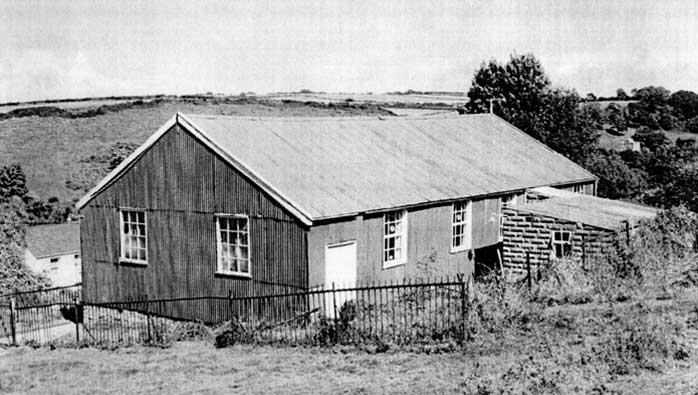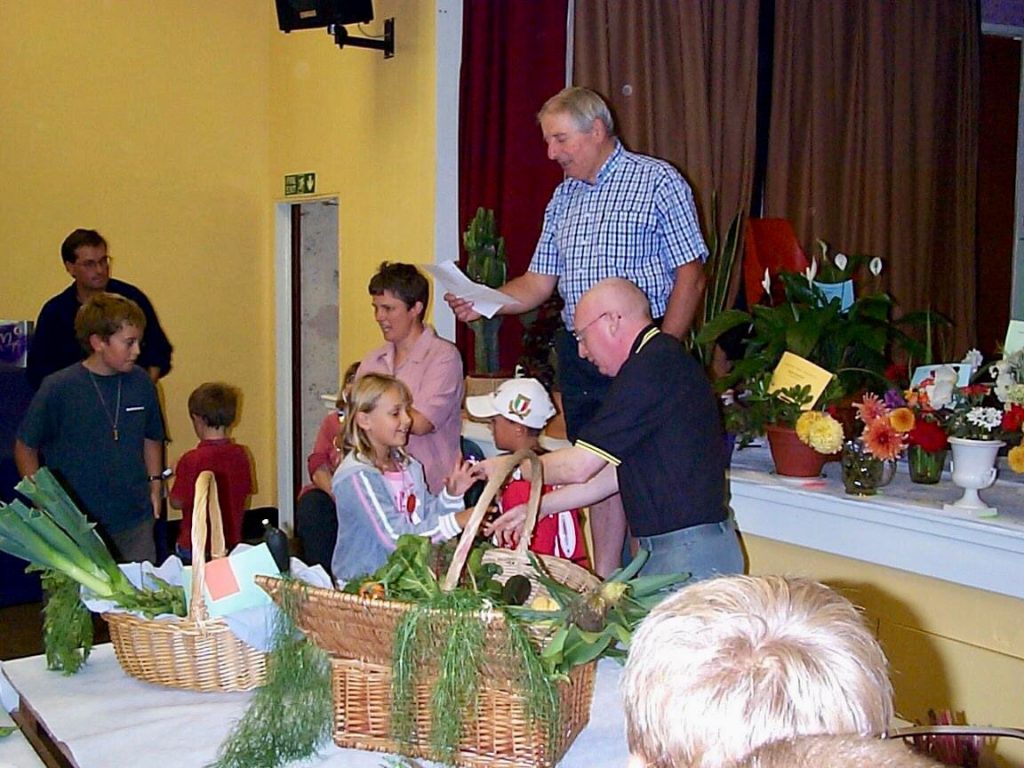A hundred years of The Village Hall
In the early part of the 1900’s Llanmadoc and Cheriton were rather poor remote Gower villages in which rural life had changed little for very many decades. Much of the land in the villages had been in the ownership of the Aubrey family for centuries. But in 1910 Lancelot Fletcher, a country solicitor, unexpectedly inherited the title and knighthood along with several extensive estates, amongst which was the Lordship of the Manor of Llanmadoc. He owned a large mansion in Buckinghamshire but clearly liked Llanmadoc so much he had a bungalow built in the village and he and his wife lived here for about six months each year over a period of 10 years.

Eventually in 1922 at the age of 76 Sir Lancelot decided it was time to finally leave Gower and move back to his main residence. By way of a thank you to the people of north Gower an indenture was drawn up, possibly by Sir Lancelot himself, which required the trustees of ‘The Institute’ to undertake to ‘Provide a library and reading room and that the hall be used as a centre for physical and mental recreation to improve the health and well-being of the inhabitants of the villages of Llanmadoc and Cheriton’.
He gave the land the hall stands on and paid for the construction of the original building. Compared with local cottages the hall would have been a very modern construction. It had a sprung floor for dancing with heating provided by two coal fired pot-bellied stoves and an outside toilet at the rear. There was a stage in the main hall, a kitchen, and a library. As the only public building in the villages other than the churches and chapel the village hall became the community hub. Because of limited transport the villages were quite insular, and the hall became the focus of many social activities, dancing was popular along with parties, plays and homemade entertainments. Village suppers were very popular but over the years life changed. The second world war, improved transport and with the advent of electricity and eventually television the type of activities changed. During the war the hall was requisitioned to become the local command post for the Home Guard.
By the 1980’s the original building, which was essentially a tin shed, had served the community well for 60 years was no longer fit for purpose. The community decided to have a new hall built which they self-funded through a bank loan.

Over the years usage changed and in more recent years we have had the popular annual Church Fete and Village Show, Poems and Pints (there is now a licensed bar available) picture exhibitions, performances by the Full House drama group, weekly art group and so on.
New groups have become established such as yoga and talks given by local residents and guest speakers at the Gardening club and History Society. But, during Covid lockdowns everything came to a halt. For some time after 2020 it took a while for activities to recover, but the future of the hall remains safe, as we look to once more refurbish and refresh this community hub.
